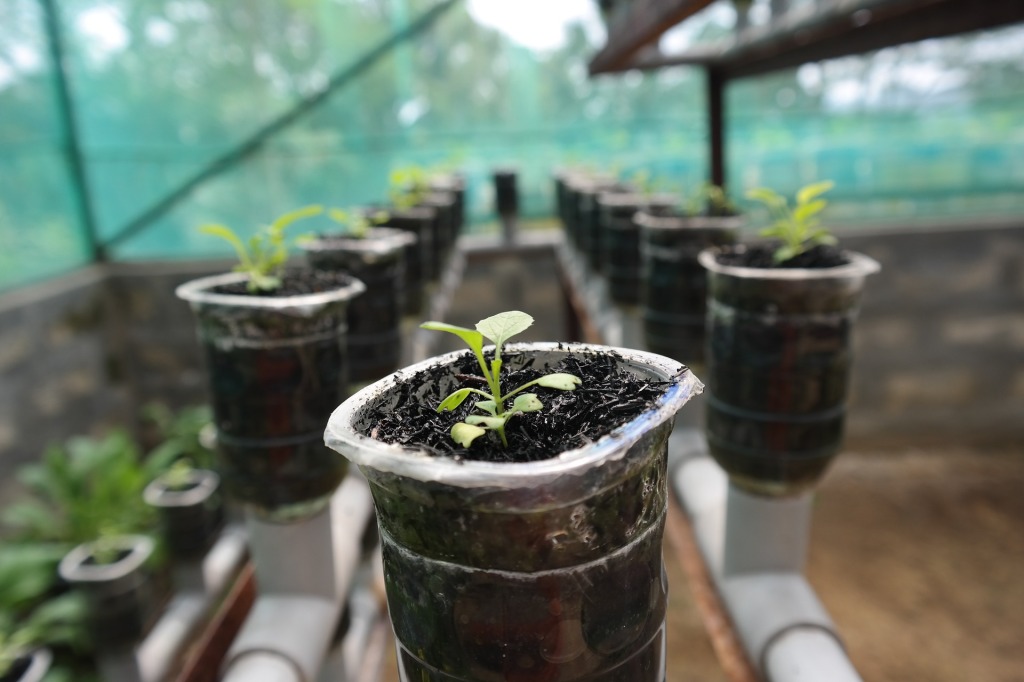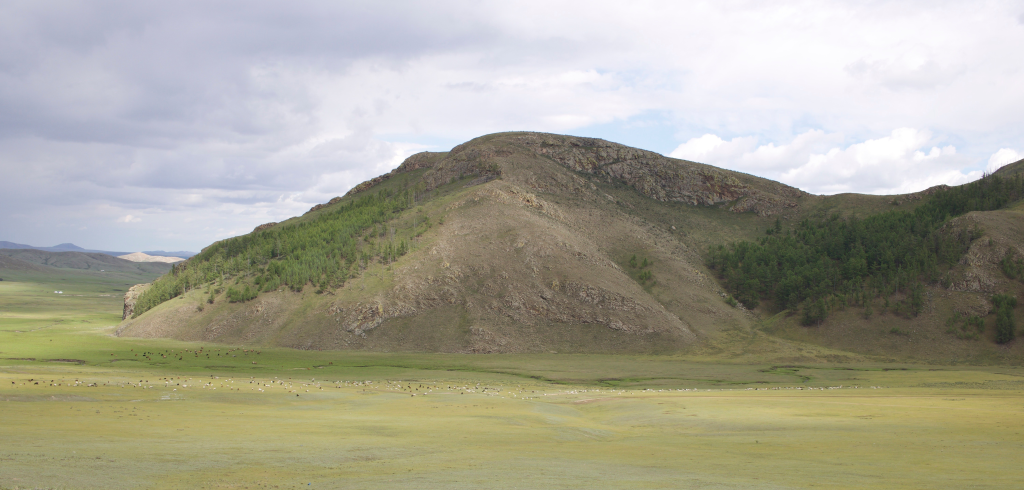Walking under the typical supermarket lights of Minii Delguur, one is bound to find many things. There’s the juice aisle with cartons that contain more sugar than actual juice. There’s the all-important meat aisle, given the corner office in the back to accommodate the wealth of options.
There’s the vegetables aisle with potatoes that look like they’ve just been pulled out of the earth, carrots that look like that they came not long after, and then a whole variety of slightly bruised and wilted exotic veggies, like bok choy and celery. There is also the small fruit section with Russian apples and Chinese oranges, and some bananas (that never fail to be always either too yellow or too green) – all of them survivors of a long and perilous journey.
Food Imports
Mongolia has a cold and arid environment, and that makes fruits and vegetables harder to come by. The environment, however, is perfect for animal husbandry, and Mongolians have adapted quite well. You’d be hard-pressed to find a traditionally vegetarian Mongolian dish, even the nogootoi shol – vegetable soup is cooked in meat stock. Animals are important to Mongolia for survival and have a sacred place in our culture. In 2017, Mongolia had 66,218,959 livestock, 87 percent of which are sheep and goat compared to a 3,000,000 population. Much of our diet is animal sourced, including varieties of milk and yogurt products (mmm… aruul….).
As tastes change and globalize, as the average Mongolian consumes more, and as the population grows, there has been a demand for a wider variety of food – something more to supplement meat and dairy. In the absence of domestic production, imports have flooded in. Mongolia spent about US$453 million on food imports in 2016, totaling 13 percent of total annual imports that year.
Agriculture
There is nothing wrong with food imports, but to get healthy vegetables and fruits to the population, domestic agriculture is critical. The problem is that agriculture in Mongolia is underdeveloped. Conditions are difficult due to the aforementioned cold and arid temperature and short growing seasons. This severely limits the types of crops and the number of crops that are able to be harvested. Moreover, Mongolia is lacking the agricultural technology and infrastructure needed to overcome the geography.
Adding to the situation, climate change has been a real challenge, increasing the frequency and severity of dzuds experienced every winter. A dzud is an especially cold and difficult winter that kills off large numbers of animals. In just the first two months of this year, 709,000 head of livestock was lost, a number that’s five times higher than the same period in 2017.
Additionally, Mongolia is quickly urbanizing. The capital of the country, Ulaanbaatar accounts for 46% of the population. This number is only expected to increase. How will we feed this large urban population?
One way is to continue increasing the number of animals that herders raise. But the amount of land we have and its carrying capacity is limited (and we may already be close to reaching this point and are facing the risk of more dzuds due to overgrazing).
The second option is to continue to increase food imports. However, good imports tend to be quite expensive and the time in transit means that products arrive less than fresh.
The third option is to increase agricultural productivity – something that the government has been doing since 1959, when it implemented the very first campaign intent on cultivating virgin lands. There was a second campaign in 1976 and another in 2008. Crop production on private property has increased significantly, now totaling 700,000 hectares of land. Mongolia is now able to fully meet domestic demand for wheat and potatoes. There are 30 types of vegetables currently being grown in Mongolia, and 1,190 producing entities.
This takes care of the basics, but what about year-round production? What about other varieties of crops that are more difficult to grow? What about the losses that producers have to endure every year due to extreme climate (sometimes up to 30% of their total crops)? To overcome these very real obstacles, Mongolia has to utilize technology – from crop genetics to greenhouses, aquaponics and more.
Greenhouses
Driving through different parts of the country, one will see the rounded tops and transparent hoods of greenhouses, each one nurturing sprouts of green life. It’s a major development from even five years ago when they were a lot less common. For a country where the farming season is 100-150 days per year, it’s a major game-changer in terms of where our food comes from and what food Mongolians are putting on their tables. It’s also particularly important because it can add a large number of small-scale farmers into the market.
With heating and proper maintenance, greenhouses are able to control the temperature and humidity within. As Mongolia gets more than 250 days of sunshine per year, sunlight is not a problem. Greenhouse technology is also much more efficient and affordable than open space farming. Community greenhouses have the ability to not only increase the variety of food available and provide access to necessary vitamins and minerals, but also provide supplemental income to small-scale farmers. Several projects have been carried out with this aim.
Aquaponics and Hydroponics
Less well known than greenhouse technology, hydroponics is a way of growing plants without soil, but instead with a water-based, nutrient-rich solution. The nutrient is often provided through clay pellets, peat moss, etc. However, because hydroponics allows the roots increased access to oxygen, plants can grow much larger and faster than they can in dirt.
Aquaponics is a system of growing that combines hydroponics with fish. Fish waste provides nutrients for the plant and the plants naturally filter the water for the fish. This allows the grower to produce both plants and fish. Aquaponics is scalable – ranging from a kitchen counter system to a large farm. It also efficient, using 10% of the water used in soil-based farming, or even traditional hydroponics.
Both hydroponics and aquaponics bring an efficient method of growing plants to an indoor setting, erasing dependency on climate changes and decreasing the need to use pesticides or other chemicals. They can be large in scale or quite small, and available starter kits mean that Mongolians can farm their own vegetables in the city.
The Times, They are A’Changing
Mongolia’s development into the future requires innovative technology and integration in all forms of agriculture. We have over 1.5 million square kilometers of land, but only 3 million people. We have highly variable and extreme climate, but need stability in order to provide for our citizens, and to export our products to the world. These conditions insist that Mongolia must try, adapt and adopt new agritech with more vigor and enthusiasm, from the government and large corporate producers, to the average individual.
What do you think? Where do you get your food? Where would you like your food to come from? If you would like to share with us or contribute, feel free to message us on facebook or twitter, or email us at macongolia.mn@gmail.com.






Leave a comment